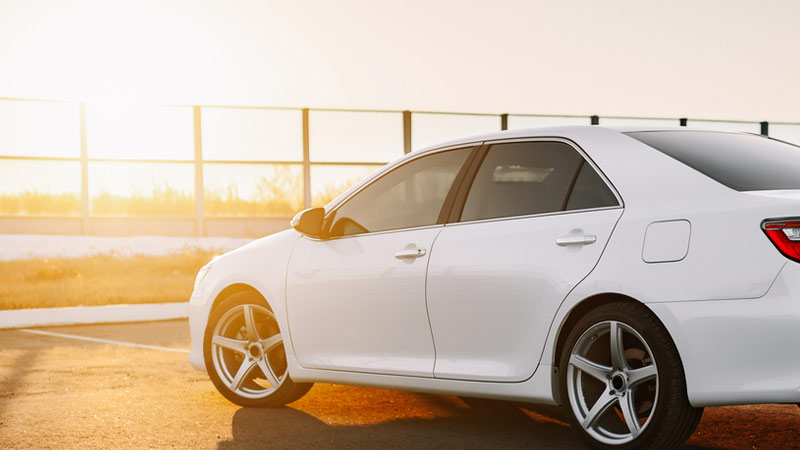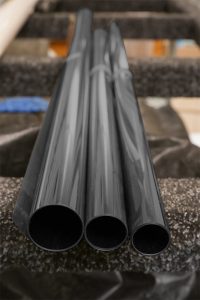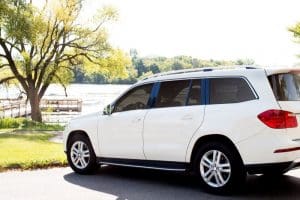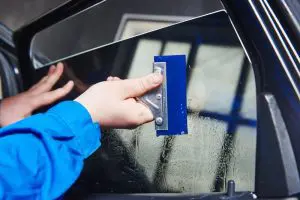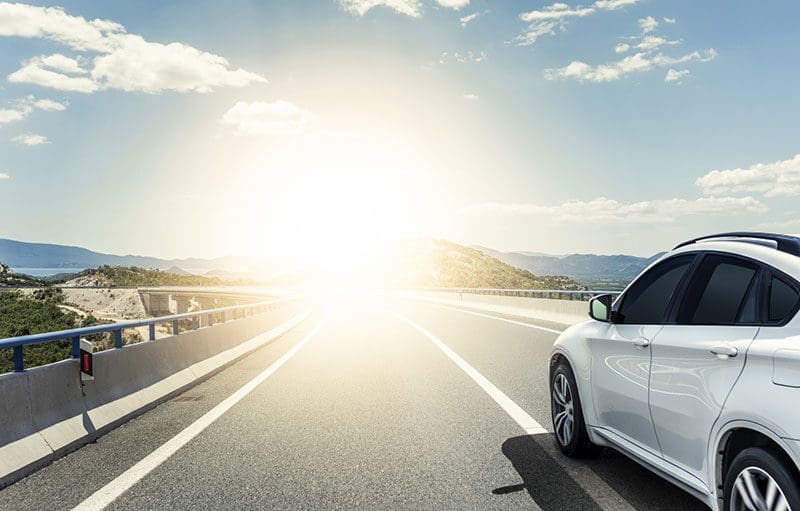 People choose to have their car, truck and SUV windows tinted for many different reasons. Sometimes they’re after a specific look for their vehicle. Sometimes they want to improve the safety and security of their vehicle contents. Recently, campaigns by the World Health Organization and the Skin Cancer Foundation have educated the public about the benefits of window tinting as a popular way to protect your skin from damage caused by the sun. Let’s look at how a quality window tint solution can dramatically reduce your risk of sunburn, wrinkles and even skin cancer.
People choose to have their car, truck and SUV windows tinted for many different reasons. Sometimes they’re after a specific look for their vehicle. Sometimes they want to improve the safety and security of their vehicle contents. Recently, campaigns by the World Health Organization and the Skin Cancer Foundation have educated the public about the benefits of window tinting as a popular way to protect your skin from damage caused by the sun. Let’s look at how a quality window tint solution can dramatically reduce your risk of sunburn, wrinkles and even skin cancer.
What is Ultraviolet Radiation?
 The sun produces a great deal of energy. This energy includes radio waves, microwaves, infrared energy, visible light, ultraviolet rays, X-rays and gamma rays. UV radiation is broken down into three subcategories: UVA, UVB and UVC. UVC radiation has wavelengths between 100 and 280 nanometers and is blocked almost completely by the ozone, water vapor, carbon dioxide and oxygen in our atmosphere. UVB energy ranges from 280 to 315 nanometers. The atmosphere blocks roughly 90 percent of UVB energy. UVA ranges from 315 to 400 nanometers and, because of the high levels that reach the surface of the planet, is responsible for the majority of the skin damage we experience.
The sun produces a great deal of energy. This energy includes radio waves, microwaves, infrared energy, visible light, ultraviolet rays, X-rays and gamma rays. UV radiation is broken down into three subcategories: UVA, UVB and UVC. UVC radiation has wavelengths between 100 and 280 nanometers and is blocked almost completely by the ozone, water vapor, carbon dioxide and oxygen in our atmosphere. UVB energy ranges from 280 to 315 nanometers. The atmosphere blocks roughly 90 percent of UVB energy. UVA ranges from 315 to 400 nanometers and, because of the high levels that reach the surface of the planet, is responsible for the majority of the skin damage we experience.
How Does Our Skin React to UV Radiation?
 Our skin naturally produces a dark pigment called melanin when exposed to UV radiation. Melanin serves as a shield against UV damage. If the UV exposure is prolonged, the layer of cells in the upper skin layer is killed. The result is that your skin turns red in a process called erythema. Contrary to the term “healthy tan,” there is no such thing.
Our skin naturally produces a dark pigment called melanin when exposed to UV radiation. Melanin serves as a shield against UV damage. If the UV exposure is prolonged, the layer of cells in the upper skin layer is killed. The result is that your skin turns red in a process called erythema. Contrary to the term “healthy tan,” there is no such thing.
Prolonged and repeated exposure to UV radiation can cause your skin to wrinkle. UVB rays cause a rapid increase in the number of cells in the outer layer of our skin. As more cells are produced, the outer layer (called the epidermis) thickens. UVA rays penetrate deeper into our skin and disrupt the connective tissues. This causes the skin to lose its elasticity. Bags, sags and wrinkles are common signs of a loss in elasticity.
Excessive damage to skin cells is very bad. If your body can’t repair the cells, they can divide and grow at an uncontrolled rate. This growth can eventually form a cancerous tumor.
Why Cars and Trucks Put Our Skin at Risk
When automakers design our cars and trucks, their goal is to provide as much visibility as possible in front of, beside and behind the vehicle. They achieve this with large windows. The drawback of these large windows is that we aren’t very well protected from the sun.
How Can Automotive Window Tinting Protect You?
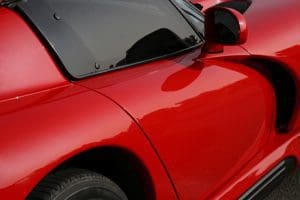 Automotive window films from companies like 3M, Llumar and Scorpion block between 95 percent and 99 percent of ultraviolet radiation. This protection is the equivalent of wearing a lotion sunscreen with an SPF rating of 1000. You get the same exposure to UV energy after 1,000 minutes as you would in 1 minute without the tint. That’s impressive.
Automotive window films from companies like 3M, Llumar and Scorpion block between 95 percent and 99 percent of ultraviolet radiation. This protection is the equivalent of wearing a lotion sunscreen with an SPF rating of 1000. You get the same exposure to UV energy after 1,000 minutes as you would in 1 minute without the tint. That’s impressive.
Does Darker Window Tint Protect Better?
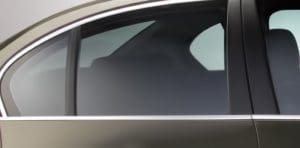 The answer to the question “Does darker tint protect better?” is both yes and no. Within a specific series of window films, you may find that their lightest shade of tint (say, a 50 percent tint) blocks 95 percent of UV energy where the darkest films (around 5 percent) blocks 99 percent. Both are quite excellent and offer exceptional protection.
The answer to the question “Does darker tint protect better?” is both yes and no. Within a specific series of window films, you may find that their lightest shade of tint (say, a 50 percent tint) blocks 95 percent of UV energy where the darkest films (around 5 percent) blocks 99 percent. Both are quite excellent and offer exceptional protection.
Many window films are available that block the majority of UV energy without dramatically affecting the transmission of visible light. Products like 3M Crystalline, Llumar Clear Window Tint and Scorpion Shield-Series films allow between 72 percent and 86 percent of visible light into your vehicle while blocking 99 percent of UV energy. In many states, this film can be used on the windshield of your vehicle for added protection.
UV Material Damage
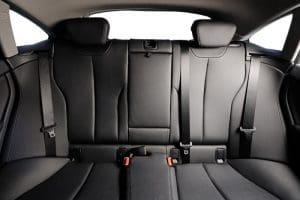 UVA and UVB energy are also responsible for causing the color of textiles and leather to fade. The process of breaking down the chemical bonds in the dyes used in these materials is called photodegradation. Dyed textiles are particularly susceptible to fading. Having your windows tinted with a quality film will help maintain the appearance and value of your vehicle for many years.
UVA and UVB energy are also responsible for causing the color of textiles and leather to fade. The process of breaking down the chemical bonds in the dyes used in these materials is called photodegradation. Dyed textiles are particularly susceptible to fading. Having your windows tinted with a quality film will help maintain the appearance and value of your vehicle for many years.
Protect Yourself Today with Window Tinting
Whether you just drove off the dealership lot in a new car or you’ve been cruising around in the car you bought in high school, having your windows tinted is a great way to protect your skin and your vehicle from the harmful effects of UV radiation. Visit your local mobile enhancement retailer to find out about the automotive window films they have available.
This article is written and produced by the team at www.BestCarAudio.com. Reproduction or use of any kind is prohibited without the express written permission of 1sixty8 media.
